King Jammy ADD
King Jammy Interview - Talks About His Museum, The New Aza Lineage Album And More...
04/14/2024 by Angus Taylor

Last year, reggae and dancehall spanning producer King Jammy celebrated his six-decade career with a tribute at Reggae Sumfest. This year, he plans to finish construction of his own Museum, at his studio complex in Kingston’s Waterhouse community. Currently, only the Bob Marley and Peter Tosh Museums stand as a permanent record of a single artist’s contribution to Jamaica’s legacy. An exhibition of artifacts was created in 2013 for King Jammy’s fellow producer and associate of King Tubby, Bunny Lee. announced to Reggaeville that he has planning one of his own in 2017, but this never came to fruition. Once completed, a King Jammy Museum could put the history of dancehall on a platform alongside Bob and Peter’s achievements in reggae.
During February’s Reggae Month, Reggaeville’s Angus Taylor, who chaired a panel with King Jammy at last year’s Overjam Festival in Slovenia, was invited to the producer’s studio at 38 St Lucia Road. On arrival, the area for the Museum, next to the current studio on the second floor, had been cleared, and construction work was underway.
Inside the hallowed studio space, surrounded by vintage tape machines and photographs of artists, King Jammy was mixing flute overdubs on a new version of General Jah Mikey’s 1986 track Footprints. He was also shaping a fresh horns cut of Aza Lineage’s 2019 smash on the Tune In/Far East riddim, Sound System. While some historians associate King Jammy with removing live instruments from reggae, he says he's a huge fan of adding brass to his classic digital productions. The horns mix will be included on Aza Lineage’s forthcoming debut album, soon to be released by VP Records.
When the listening party was over, they conducted this impromptu interview, without prepared questions, about the plans for the Museum, Aza Lineage, Bobby Digital and more. After the discussion, King Jammy asked his driver to show Reggaeville the site of the derelict King Tubby's studio (a haunting reminder of the importance of preserving one’s legacy). On leaving Jammy’s complex, his wife, Iris, the instigator of the museum project, waved the visitors goodbye.
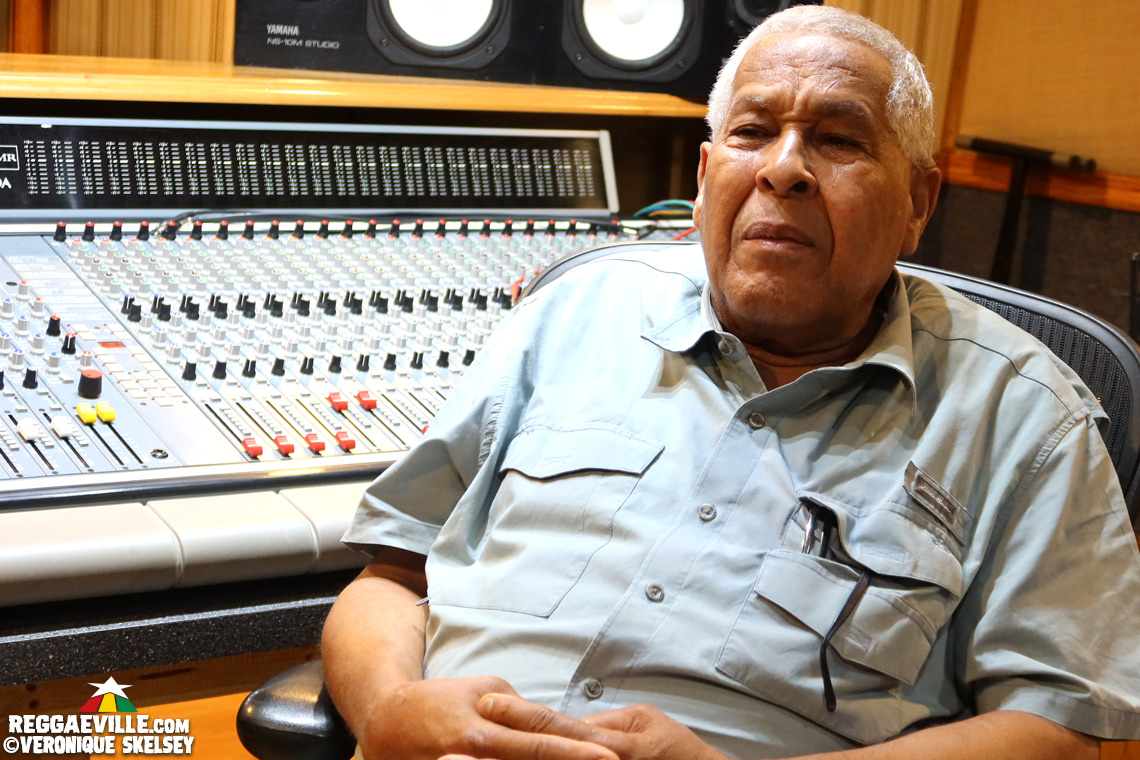
We're inside the legendary King Jammy's studio. Thanks for welcoming us here. How did you first decide to create your own studio in the late 70s?
You're welcome every time. Well, I was working for the great King Tubby’s for a long while and I decided that, to do my own production, it would be best if I had my own studio. Not to leave King Tubby’s or stop working at King Tubby’s, but just in my other time I would do my own work at my studio. That's how it came about because I wanted to do my own production and have more time to do it. So I could do it when I come home in the evenings.
What was the first equipment that you had in the studio?
I still have them now. But I don't remember the name of the mixing console! I know that I had a two track machine, a cassette machine, and a little mixing board. It was a two channel out mixing board and I think I had a syn drum and a reverb. Those were the first and they are going to be in my museum.
So how did you have the idea to open your own museum?
Well, I always think about Bob Marley's museum and I always say and that was in me from a long time “Bob is the only man who has a museum in Jamaica musically speaking”. So I wanted to build a museum one day. Then I put the idea to my wife and she said to me, “You know, Jammy’s, it's time to start the museum because we're getting older. So by the time we finish it… you know… We want to be alive and well!” (laughs) So she made the initiative to start it and I continued with it. She got all the workmen and all those things. Then I just chip in and together we are doing it.
There have obviously been many historic moments inside this studio complex and in your career. Which historic moments would you like to capture in this museum?
Well, I think the most impeccable moment would be the Sleng Teng. When I created the Sleng Teng, when we were building the rhythm, recording it and things like that.
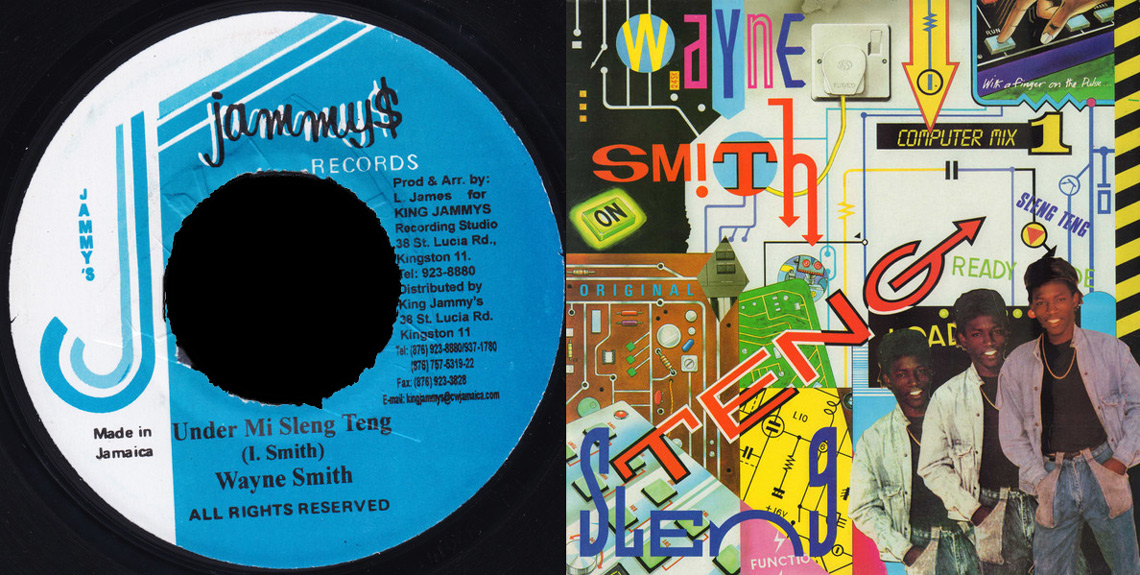
Take me through what your involvement was in the Sleng Teng. I interviewed Wayne Smith and he told me that he and Noel came to you with this Casio M40, preset. What happened next?
They found the rhythm but the rhythm wasn't like a reggae rhythm. It was like some rock, fast, hundred odd miles an hour rhythm! (laughs) So I took the Casio and I adjusted the reggae music and I overdubbed some things on it. I personally did the percussion. The percussion on it, I did those overdubs myself.
What other historic moments can we look forward to in the museum?
You catch me on the spot! There are so many memorable moments. Probably when I first taught Bobby Digital to cut dubs. When I got to know Bobby, I went to my friend's place to connect his sound system for him one day. And when I was finished doing that, this youth came up and my friend said to me “King, I want you to carry this youth under my wing for me. This is a good little technician you know? I want you to bring his interest in the music”. So I said “All right”. That was a Sunday so I said “Send him come tomorrow”. I was living at the studio compound at the time. When I woke up, I saw him outside waiting on me, so I saw he was early! (laughs) So he really wanted to learn. And he was one of my best students. He went on to build a studio himself and carry on the good work.
You told me at our discussion at Overjam 2023 that the Cat Paw riddim was your favourite digital riddim. And that the biggest hit on it was I Need You by Chuck Turner.
So Chuck Turner, I wasn't in Jamaica when that tune was being made. I was in England, in London. And when I came, Squinjin, the famous engineer from Channel One was working with me at the time. He said “Boy, boss we do a bad tune and we want you to hear it you know?” And he played the tune for me. Right away I said “Boy, we have to mix this tune now”. This was a hit song. I Need You. So we mixed it and released it. And while I was driving to get it mastered at Dynamic Sound, I was playing it in my car and Sly and Robbie were sitting outside and they heard the rhythm and they came to my car and they said “Boy, King this tune there bad”. So they endorsed it before it was even mastered.
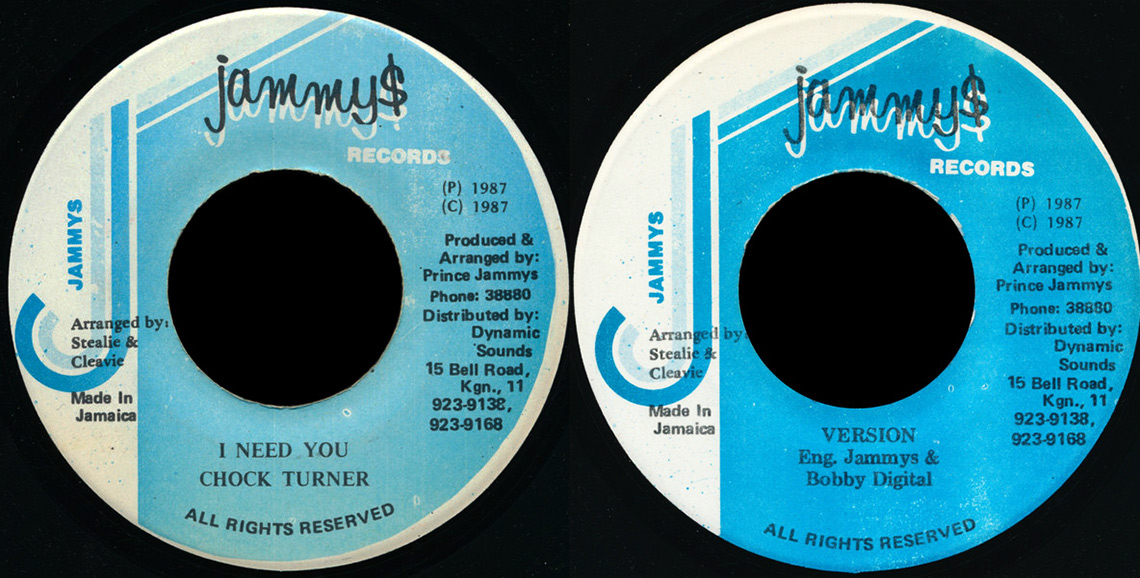
You also told me that your favourite live instrument rhythm was Mr Landlord.
Well, Mr Landlord was a true story. Half Pint was living in a tenement house. Just up the road from the studio here. The place leaks when rain falls. And he didn't have any drinking water source. It was on and off and on and off. Everything was bad about the place. So he was singing about the landlord coming to collect his rent every minute. And not fixing the place. It was real history. That rhythm was built by… I think it was Earl Chinna Smith, Asher, on bass you had Chris Meredith, I think it was Benbow playing the drums and Bingy Bunny was playing guitar on it. Tarzan was playing organ and the famous Dean Fraser was playing horns.
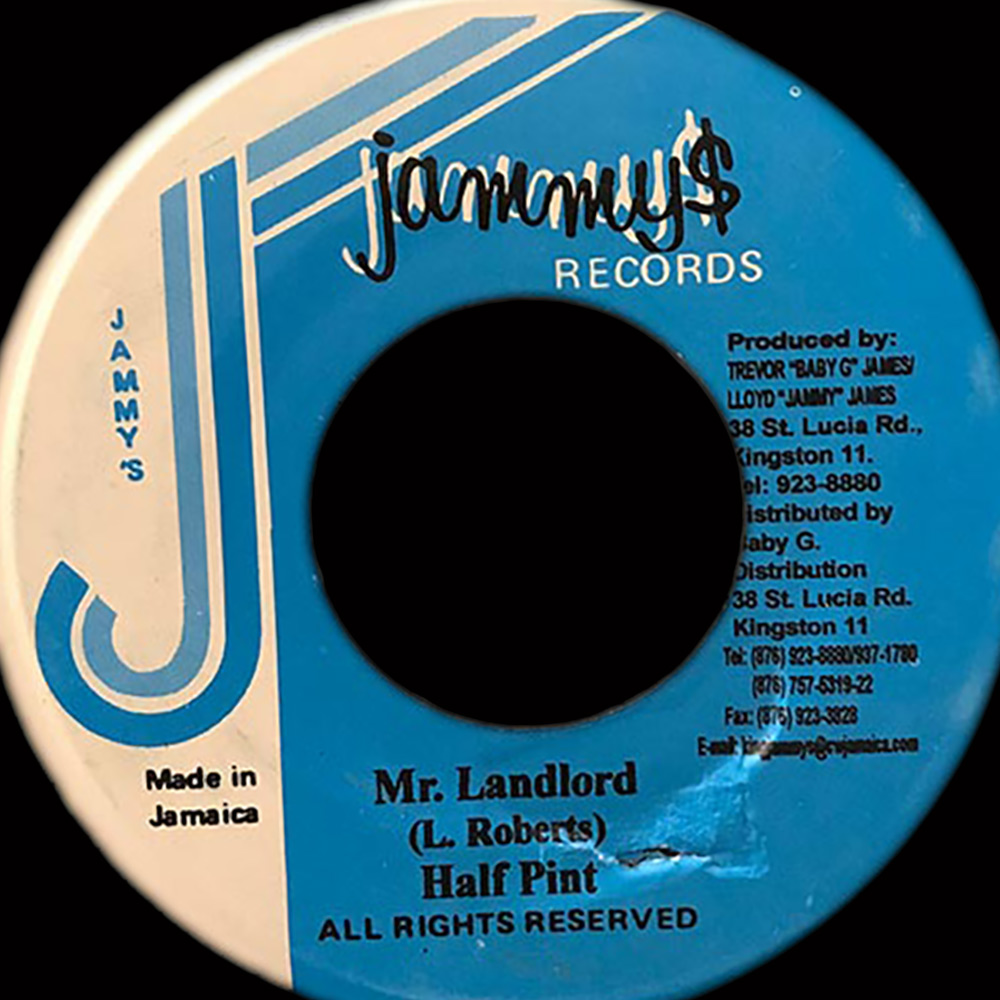
We heard you mixing a couple of tunes in the studio. Can you tell us about the tunes?
These are new artists. Well, one of them is an old artist. He's not known to the world as yet but he's a good singer. He made a single for me back in the eighties named Footprints. His name is General Jah Mikey. And the other artist is Aza Lineage. A new artist. But she's very popular because she did some tours in Europe already, so she has a lot of following. So she is excited and the people are excited to hear her album. Her debut album. That's what I'm working on now. Mixing the album.
So that tune you're mixing, Sound System was already released in 2019. What are you doing that's new with it?
It's a new version. We’re adding horns to the track to make it more sound worthy. For me, without horns in certain songs... I love horns, you know? That's one of my favourite instruments. So I'm bringing back the horns in the reggae music now. It was [played by] a man by the name of I Sax. He's out of Canada.
And who played flute on the General Jah Mikey track?
He is the same one who played it. Flute and sax.
In our previous interview at Overjam, you talked about Black Uhuru I Love King Selassie, where Tommy McCook played flute on it but he is also known for playing the sax.
Yeah, well, I Love King Selassie was on the first album that I did with Black Uhuru in 1976. 1977 that album was released. So Tommy McCook, Marquis, and the trumpeter, I don't remember his name but he's an old guy by now, they got together and they were playing the horns for me. And I and I heard a note in the horns that wasn't right. But they kept on saying “No youth, this alright” and I kept on saying “No, no, no, I hear a sound that’s not right. Come here, Mr McCook” and we played it for him again and said “OK” and the three of them went outside and they were blowing without the rhythm. And they said “OK. Yeah, the youth is right because you were playing a sharp note so it sounds different!” So they said “Youth, you're right you know, you'd better insure your ears because your ears are good!” (laugh)
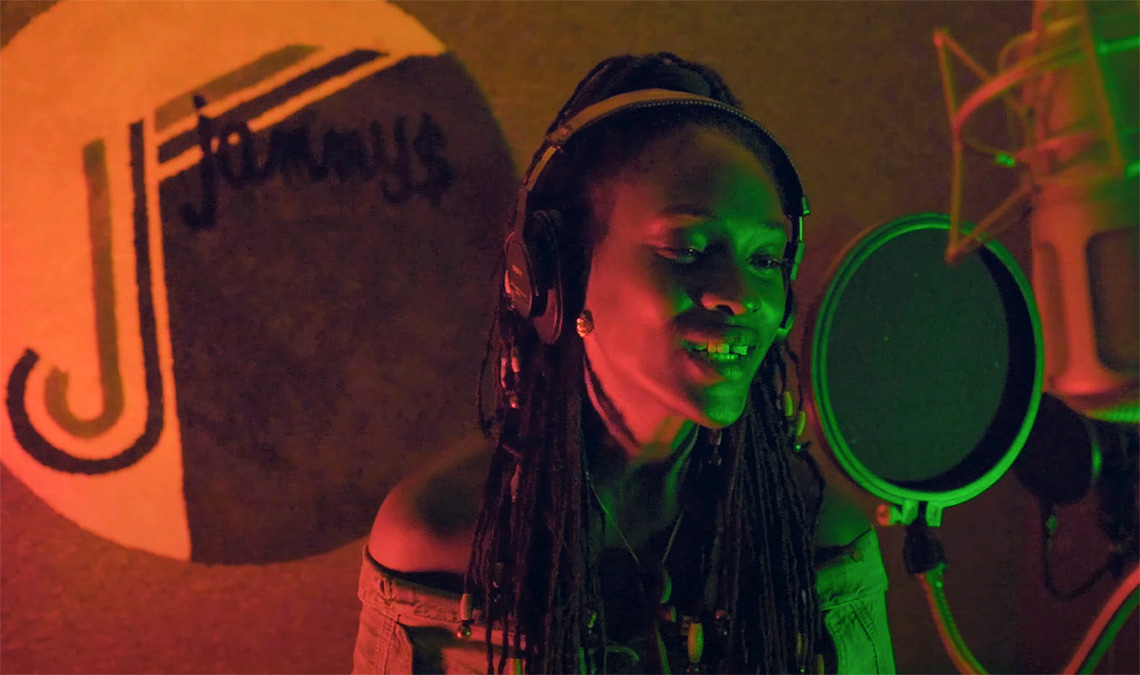
You still audition new artists like Aza Lineage in the traditional way, like the old studios did in the 60s.
I'll tell you something. They called me one day when I was at home. Smilez Lineage called me and said “King, I have a new artist here for you, you know? She's bad” I said “I don't take any new artists now because I'm working on my catalogue”. So he said “Try her. You may like her because she's bad, you know?” So I said “Ok. Come down the studio tomorrow”. It was a Tuesday they called me so I said “Come down the studio tomorrow”. It was Wednesday, so when I came they were waiting on me out there. I have a seat and I sat under the mango tree. They introduced themselves to me and I said “OK. Do a thing make me hear, you know?” So she start deejay Sound System. And I said “You know what? Make me go in the studio and record this right away man, right away”. (laughs) “You deserve to sign to King Jammy’s label”.
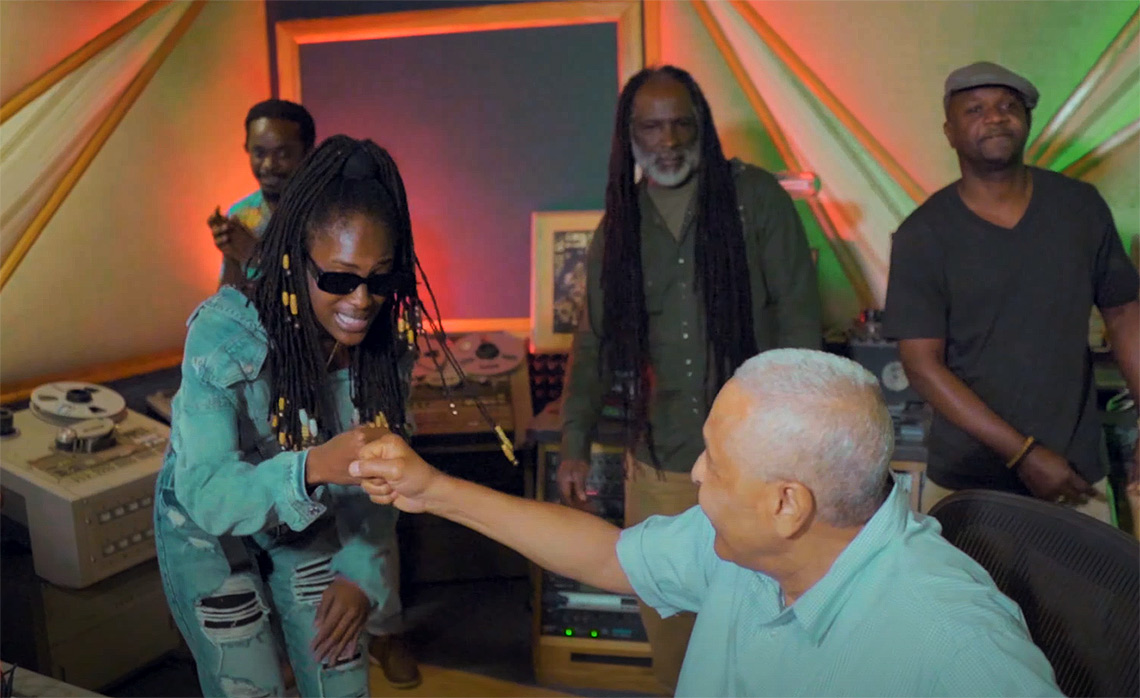
When is the Aza Linage album coming out?
Well, I don't know when VP are going to be releasing it. But I'm just getting it ready for release. Fine tuning and doing the mixing now.
We talked about this at Overjam but when is the Tippa Irie album coming out?
Well, I don't know when the Tippa Irie album is coming out because it is not complete as yet. We are still working on it. But it's supposed to be coming out around the end of this year.
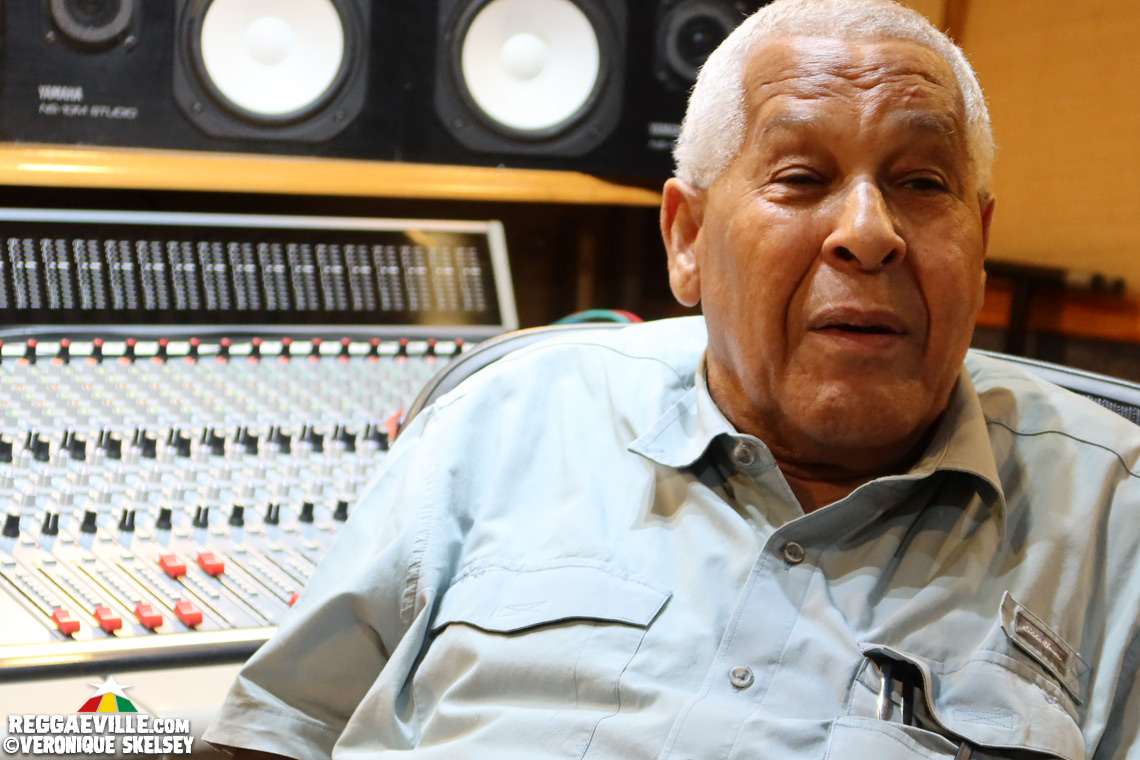
And when is the museum going to be ready?
The end of this year I'm planning. End of this year to early next year. Completion.
You've mentioned you've been concentrating on your catalogue more. Are you going to be bringing out more new music?
Well, as you can see VP is bringing out a lot of the old things. They are planning to do Wayne Smith, The Travellers and some other old songs again. We have an agreement to release the old catalogue. And I'm also giving them new things.
So if the right artist comes to your door and they sound right?
Every time. I don't reject, I just collect! (laughs)









